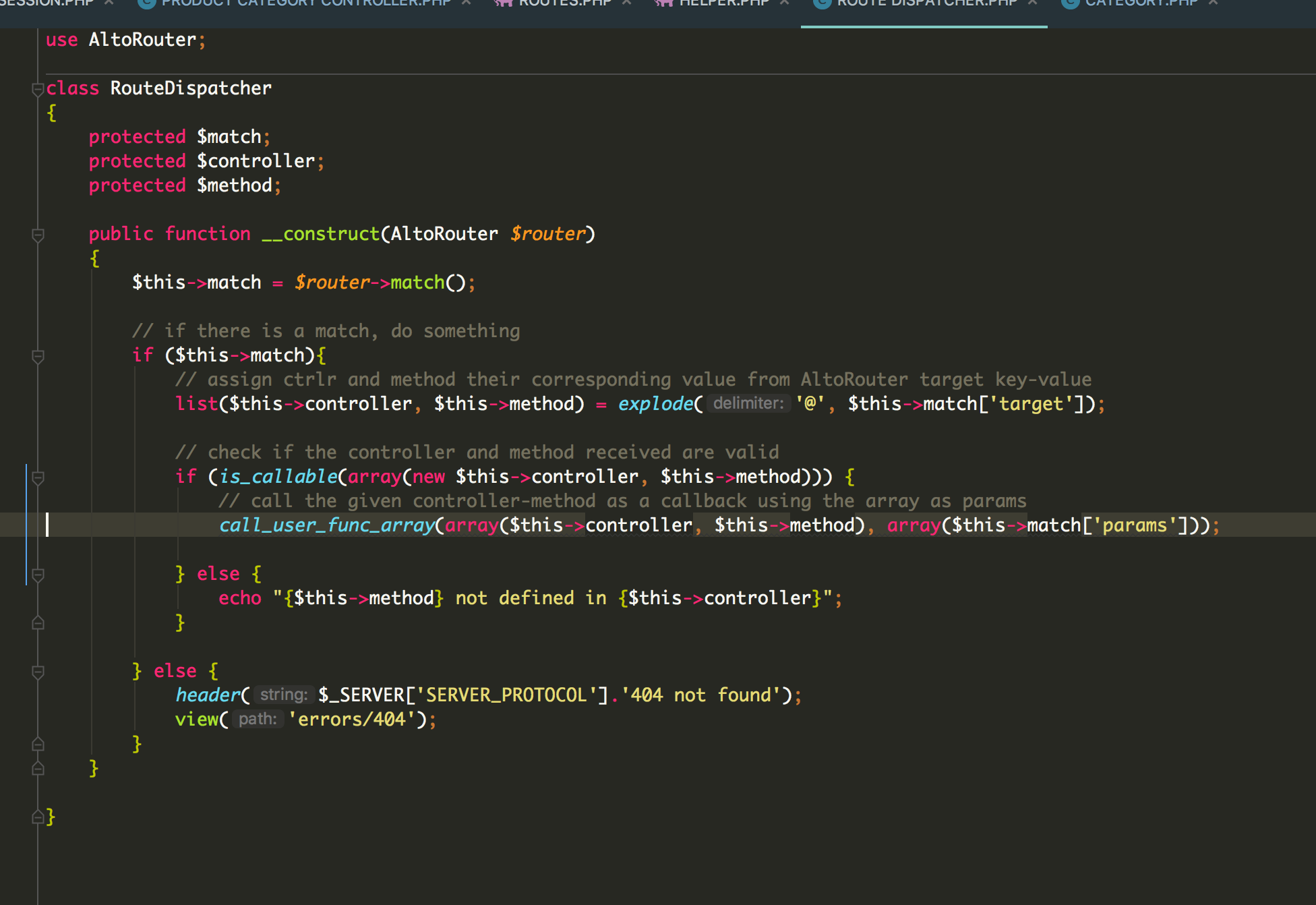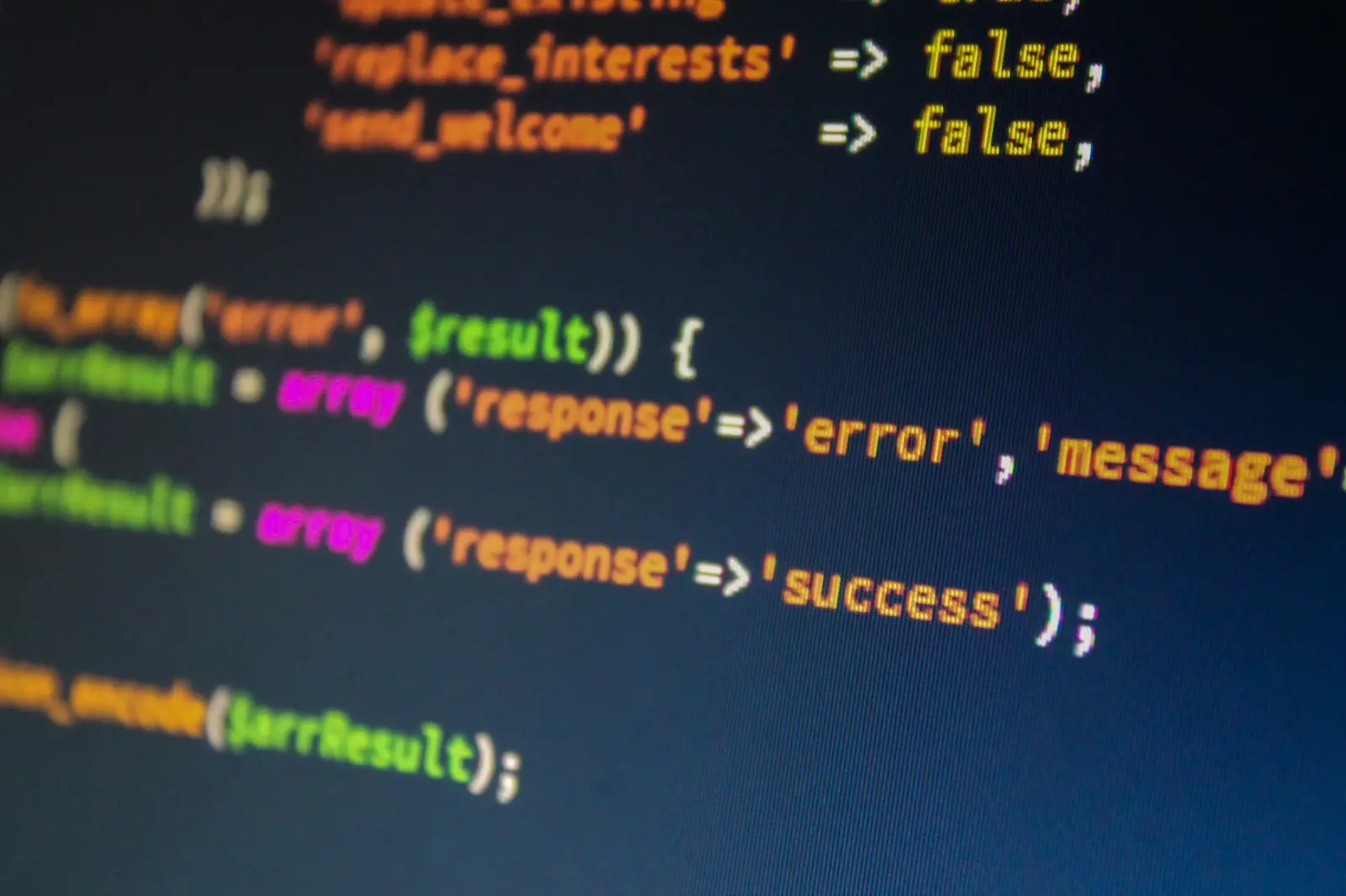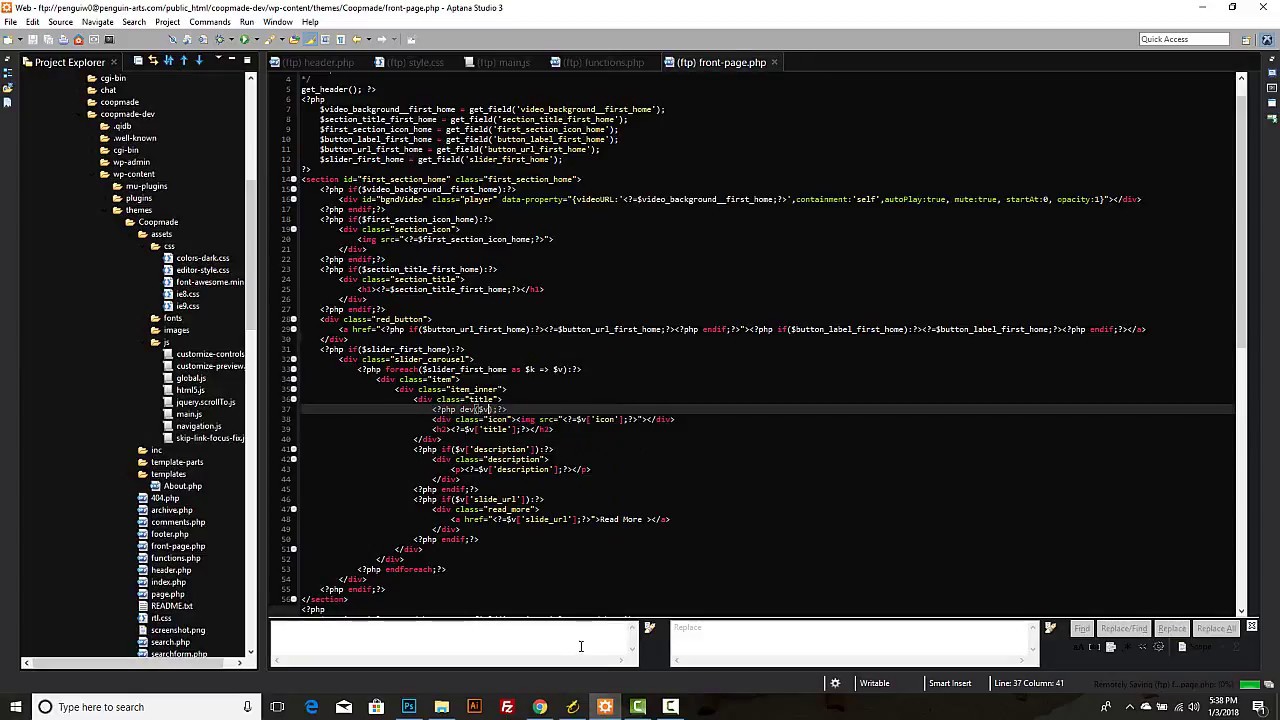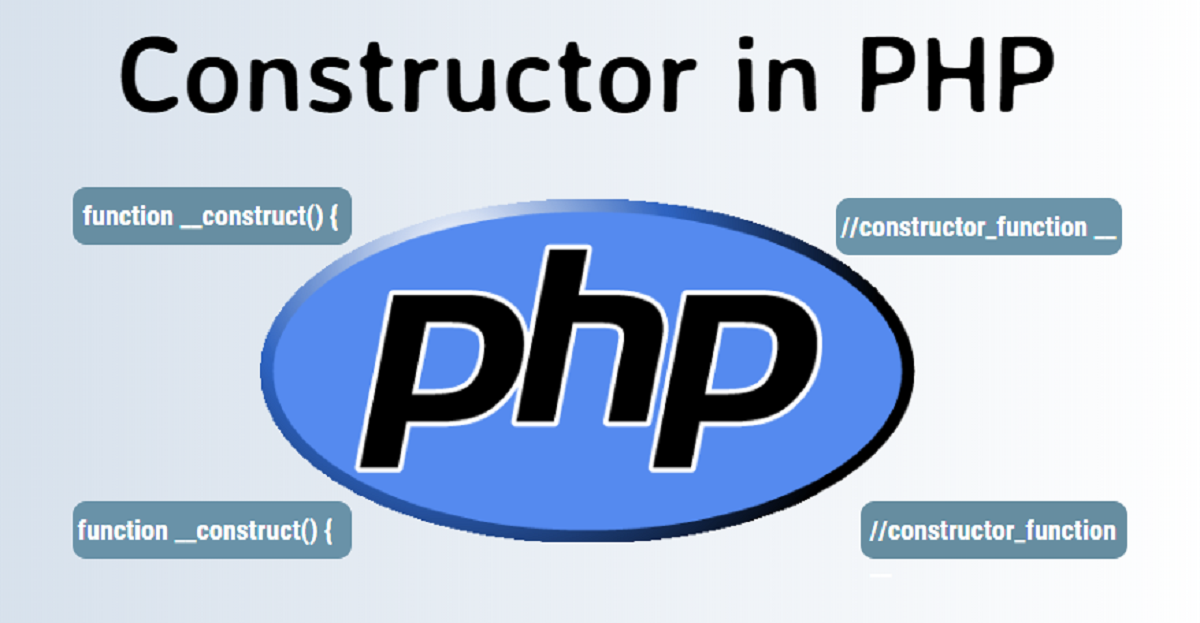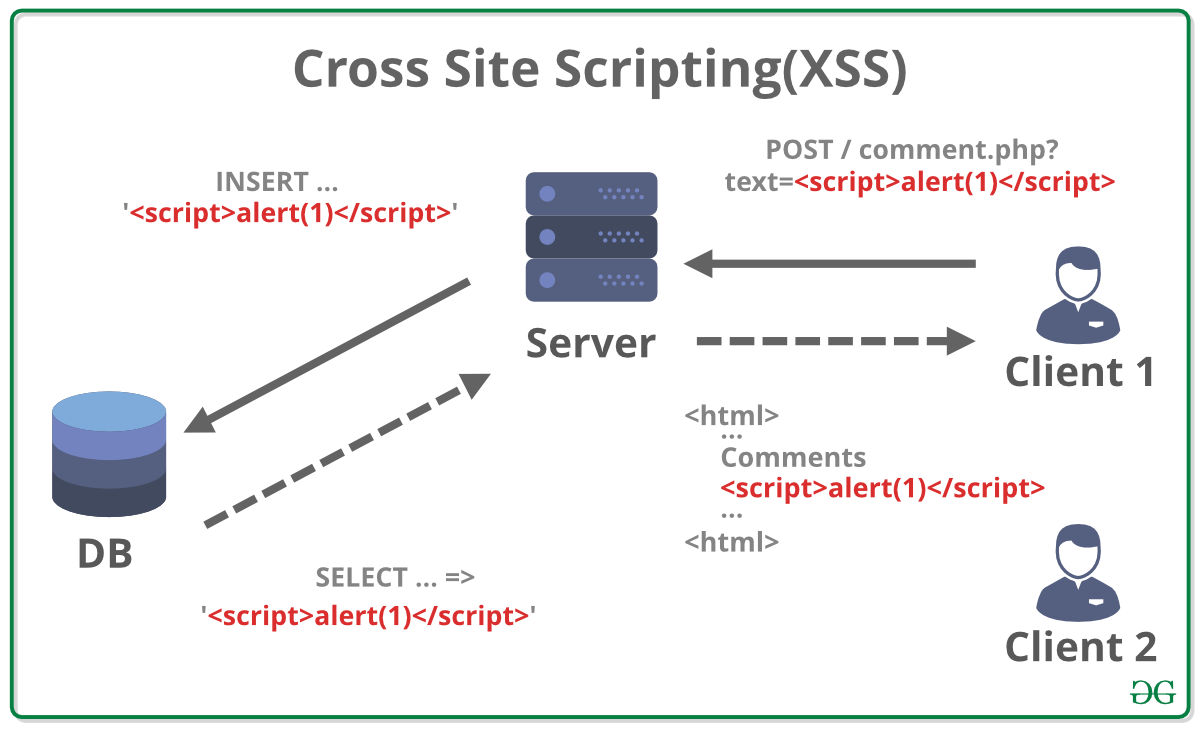Introduction
When working with object-oriented programming in PHP, understanding the concept of object context is important. Object context refers to the state of an object and the scope in which its methods and properties can be accessed. In PHP, the keyword $this plays a crucial role in accessing the current object’s properties and methods within its own code. However, using $this outside the object’s context can lead to errors and unexpected behavior.
In this article, we will explore the purpose and usage of $this in PHP, both within and outside of object method contexts. We will discuss common mistakes made when using $this outside of its intended context and provide best practices for utilizing it effectively.
If you are new to object-oriented programming or want to improve your understanding of $this in PHP, this article will guide you through the essential concepts and help you avoid common pitfalls.
Understanding Object Context in PHP
In PHP, object context refers to the environment or scope in which an object’s methods and properties can be accessed. Each object has its own context, which allows it to maintain its own data and behavior without interfering with other objects.
When a class is instantiated to create an object, that object inherits all the properties and methods defined within the class. These properties and methods can then be accessed using the object instance. The object instance serves as a reference to the current object, allowing us to interact with its data and invoke its methods.
Object context is essential because it ensures that the properties and methods of one object do not conflict with those of another. It allows for encapsulation, where each object maintains its own state and behavior, separate and independent from other objects.
To understand object context, consider the following example:
php
class Car {
private $color;
public function setColor($color) {
$this->color = $color;
}
public function getColor() {
return $this->color;
}
}
$car1 = new Car();
$car1->setColor(“Blue”);
$car2 = new Car();
$car2->setColor(“Red”);
echo $car1->getColor(); // Output: Blue
echo $car2->getColor(); // Output: Red
In this example, we have a `Car` class with a private property `$color` and two methods: `setColor()` and `getColor()`. Each instance of the `Car` class (represented by `$car1` and `$car2`) has its own context. By using the `$this` keyword within the methods, we can access the specific instance’s color property and set or retrieve its value.
Understanding object context is crucial for effectively working with PHP’s object-oriented features. It enables you to maintain data integrity and separate concerns within your code.
What is $this?
In PHP, the keyword $this is a special variable that refers to the current object within its context. It is primarily used within object methods to access and manipulate the object’s properties and invoke other methods.
When a method is called on an object, the $this variable is automatically set to point to that object. It provides a convenient way to reference the current object without explicitly mentioning its name. This allows for cleaner and more concise code.
The $this variable is preceded by an arrow operator (->) and is followed by the name of the property or method being accessed. For example:
php
class Person {
private $name;
public function setName($name) {
$this->name = $name;
}
public function getName() {
return $this->name;
}
}
$person = new Person();
$person->setName(“John Doe”);
echo $person->getName(); // Output: John Doe
In the above example, we have a Person class with a private property $name and two methods, setName() and getName(). Inside each method, we use $this to refer to the current Person object and access its properties. This way, we can set and retrieve the value of the $name property.
It’s important to note that $this can only be used within the context of an object method. Trying to use it outside of a method will result in an error.
The $this keyword provides a powerful mechanism for working with objects in PHP. It allows for efficient and intuitive object manipulation, simplifying the code and improving readability.
Using $this in Object Methods
The primary usage of the $this keyword in PHP is within object methods. It allows you to access and manipulate the properties and invoke the methods of the current object.
When using $this in object methods, you can effectively interact with the object’s data and behavior. Here are a few examples of how $this can be used:
Accessing Object Properties:
php
class Person {
private $name;
public function setName($name) {
$this->name = $name;
}
public function getName() {
return $this->name;
}
}
$person = new Person();
$person->setName(“John Doe”);
echo $person->getName(); // Output: John Doe
In this example, the $this keyword is used within the setName() and getName() methods to interact with the $name property of the Person object. We can set the value of the property using $this->name = $name and retrieve its value using return $this->name.
Invoking Object Methods:
php
class Calculator {
private $result;
public function add($num1, $num2) {
$this->result = $num1 + $num2;
}
public function getResult() {
return $this->result;
}
}
$calculator = new Calculator();
$calculator->add(5, 7);
echo $calculator->getResult(); // Output: 12
In this example, the $this keyword is used within the add() method to calculate the sum of two numbers and store the result in the $result property. Later, we can retrieve the result using $calculator->getResult() by using $this->result.
Using $this within object methods is a fundamental aspect of object-oriented programming in PHP. It enables you to manipulate object data, access properties, and invoke methods, making your code more dynamic and efficient.
Using $this Outside of Object Methods
In PHP, the $this keyword is intended to be used within object methods to refer to the current object. However, attempting to use $this outside of object methods can lead to errors or unexpected results. Nevertheless, there are certain scenarios where using $this outside of object methods can be useful.
Accessing Object Properties:
php
class Person {
private $name;
public function setName($name) {
$this->name = $name;
}
public function getName() {
return $this->name;
}
}
$person = new Person();
$person->setName(“John Doe”);
echo $person->name; // Output: Fatal error: Uncaught Error:
// Cannot access private property Person::$name
In this example, attempting to access the $name property directly outside of the object method results in a fatal error. This is because $name is a private property, and accessing it without the context of a method is not allowed. To access the property, you should use the method getName() instead.
Unexpected Results:
php
class Counter {
private $count = 0;
public function increment() {
$this->count++;
}
}
$counter = new Counter();
$counter->increment();
echo $counter->count; // Output: 0
In this example, attempting to access the $count property directly outside of the object method results in an unexpected result. Since $count is a private property, accessing it outside the object method does not reflect the updated value. To retrieve the value, you should use a method like getCount().
While using $this outside of object methods is generally discouraged, there can be exceptional scenarios, such as using it for debugging or specific utility functions. However, it is important to ensure that you are fully aware of the potential risks and limitations of using $this outside of its intended context.
It is best practice to restrict the usage of $this to object methods for better control over object properties and to avoid unexpected behavior or errors.
Common Mistakes when Using $this Outside of Object Methods
When using the $this keyword in PHP, it is important to understand its proper usage within object methods. However, it is a common mistake to mistakenly use $this outside of object methods, which can result in errors or unintended consequences.
Let’s explore some common mistakes that developers make when using $this outside of object methods:
Accessing Undefined Properties:
php
class Person {
private $name;
public function getName() {
return $this->name;
}
}
$person = new Person();
echo $person->name; // Output: Notice: Undefined property: Person::$name
In this example, attempting to access the $name property directly outside of the object method results in a notice for an undefined property. Since $name is a private property, it cannot be accessed directly outside the object method.
Assigning Values to Undefined Properties:
php
class Person {
private $name;
public function setName($name) {
$this->name = $name;
}
}
$person = new Person();
$person->name = “John Doe”; // No error but does not assign the value
In this example, attempting to assign a value to the $name property directly outside of the object method does not produce an error. However, since $name is a private property, the assignment does not actually set the value as intended. Instead, the property remains undefined.
These common mistakes highlight the importance of using $this within object methods and following proper encapsulation principles. By accessing and manipulating object properties only through designated methods, you ensure data integrity and avoid unexpected issues.
It is crucial to understand the scope and context of $this in PHP to avoid these common mistakes and write maintainable and error-free object-oriented code.
Conclusion
The $this keyword in PHP is a powerful tool that allows you to reference the current object within its context. It is primarily used within object methods to access and manipulate properties, as well as invoke other methods of the current object.
By properly utilizing $this within object methods, you can maintain data integrity, encapsulate object behavior, and write clean and efficient code. It provides a convenient and intuitive way to interact with object properties and methods, making object-oriented programming in PHP more seamless and effective.
However, it is crucial to remember that $this should not be used outside object methods, as it can lead to errors or unexpected behavior. Accessing or modifying object properties outside their designated methods can result in undefined properties or data inconsistencies.
Understanding the correct usage of $this within object methods and following best practices for object-oriented programming will help you write more maintainable and error-free code. By encapsulating object behavior and utilizing the power of $this, you can build robust and flexible PHP applications.
So, remember to use $this wisely within the object’s context, and enjoy the benefits of object-oriented programming in PHP.







